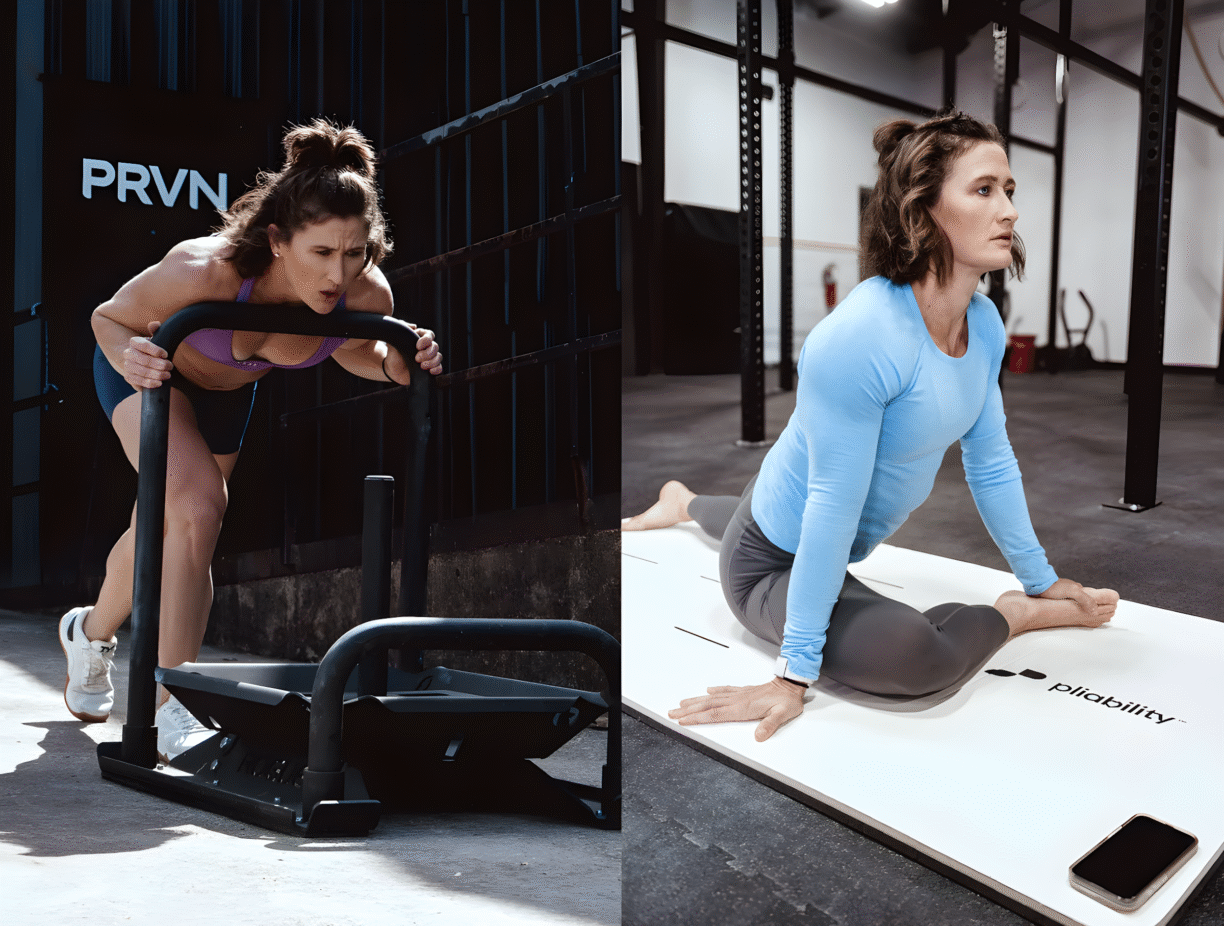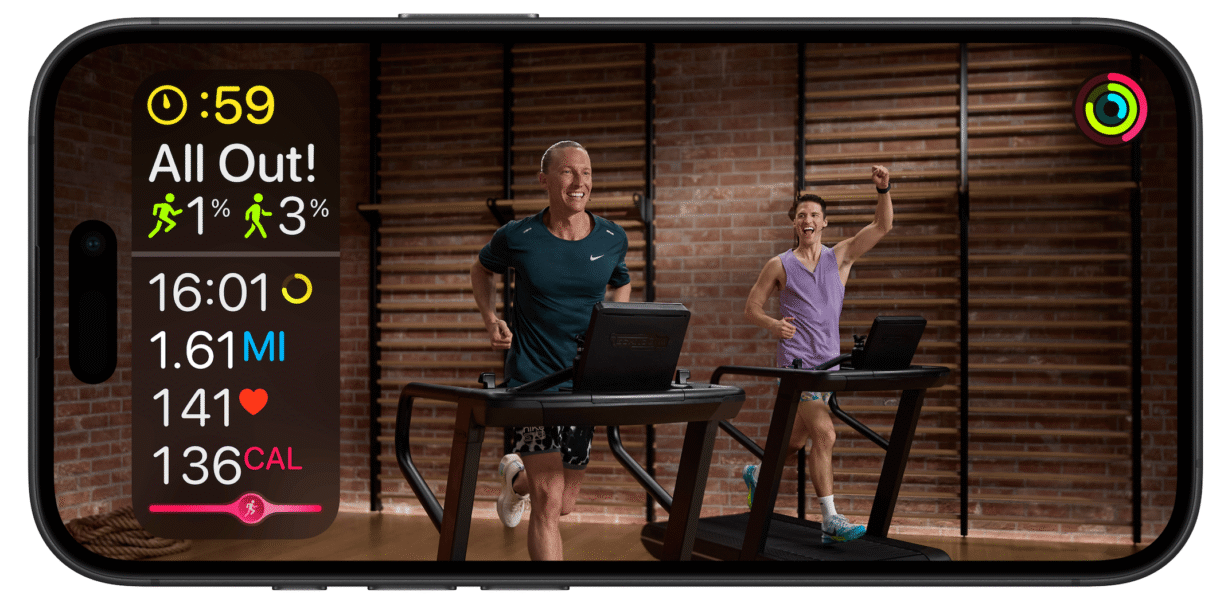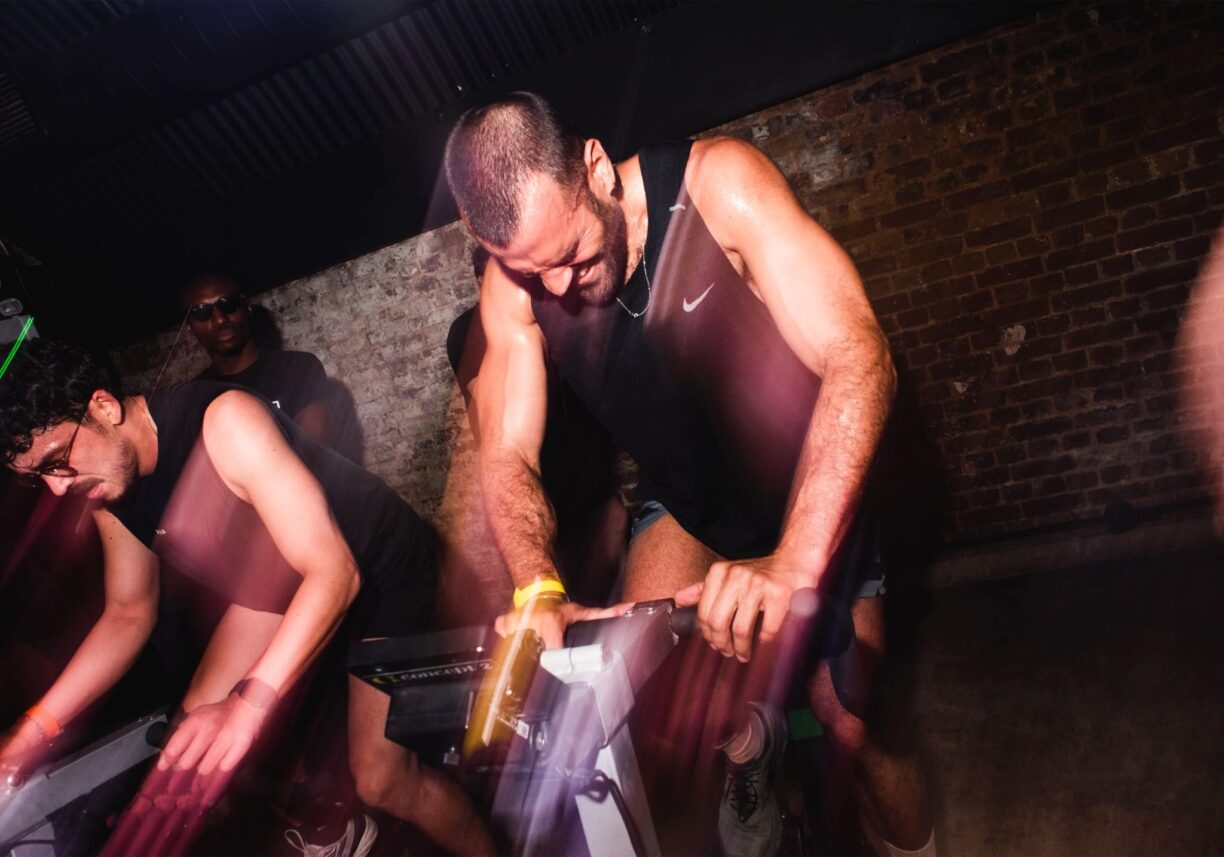Wellness fads, endless exercise products, and conflicting information on the internet – it can be increasingly tricky to sort fitness fact from fitness fiction.
Now a new poll from PureGym asked 149 gym managers to name their most commonly encountered ‘gym myth’ – and a whopping 71% of them cited the widely-held belief that cardio is weight loss route one.
We spoke to three PureGym personal trainers, Kay Miyake, Marc McLaren and Peter Williams, to explain the findings.

So… this is a myth?
Not wholly, but mostly. While aerobic exercises are a great way to expend energy, weight lifting can be similarly effective, and comes with a host of other health benefits like improving strength and bone density.
“If your goal is weight loss you will likely not only be burning fat but losing muscle mass too,” says Miyake. “By including weight training you can offset this, and muscle mass influences how many calories you burn at rest. Therefore, although cardio appears superior in initial calories burnt, weight training has been shown to increase calories burned after the initial exercise period.”
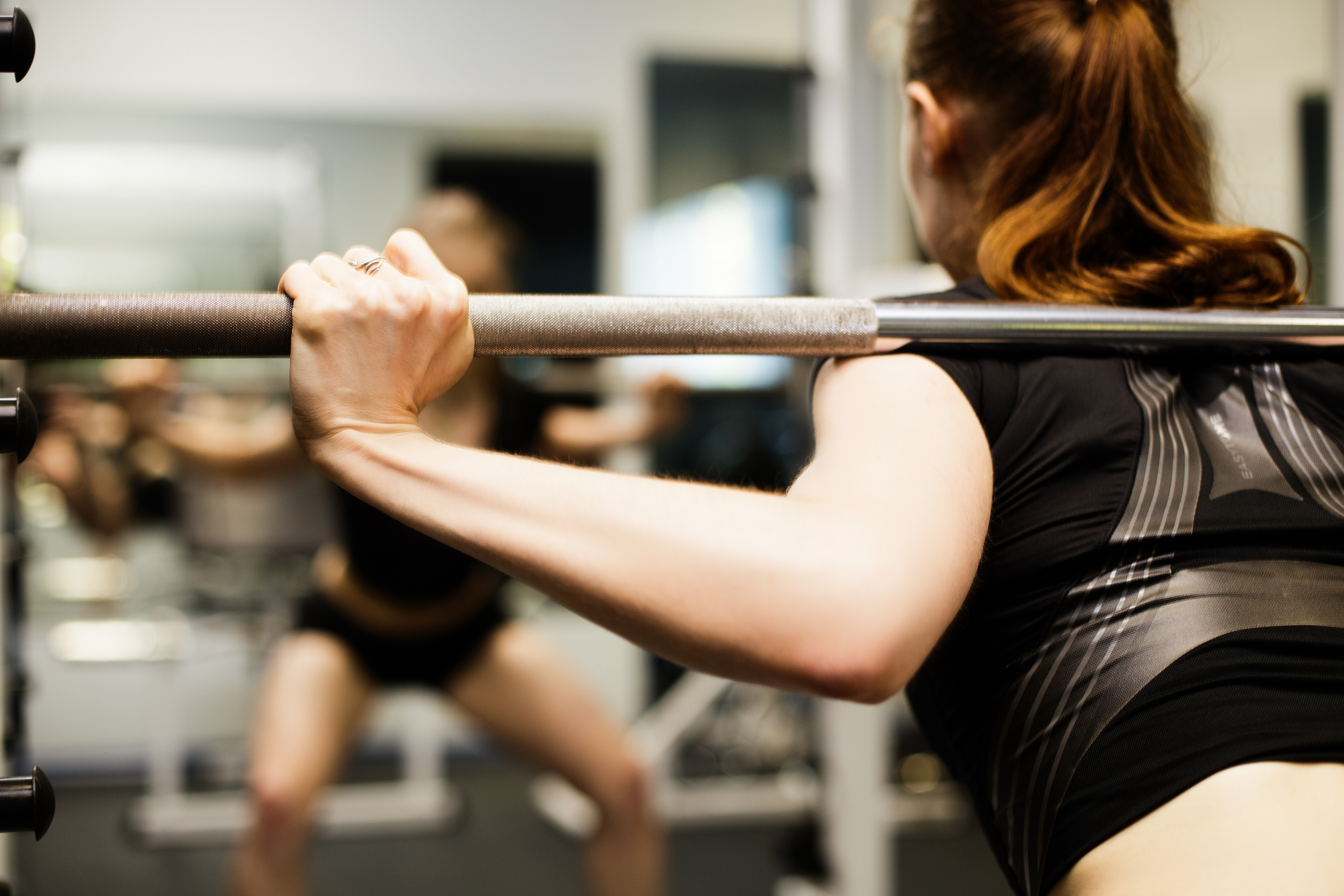
It’s easy to see where the myth comes from – a sweat-filled set on the treadmill just feels more loss-making than a lift – but weight loss is ultimately dependent on energy balance, and it doesn’t hugely matter in what form.
But… Isn’t weight training used to build bulk?
Yes, it is, but that doesn’t mean a turn on the bicep bar is going to transform you into Arnold Schwarzenegger.
“We tend to default to weight training as a means to increase muscle size,” says McLaren, “but building muscle doesn’t happen overnight. It can take years to build a significant amount of muscle, especially for females, though I still find that many females worry about this.”
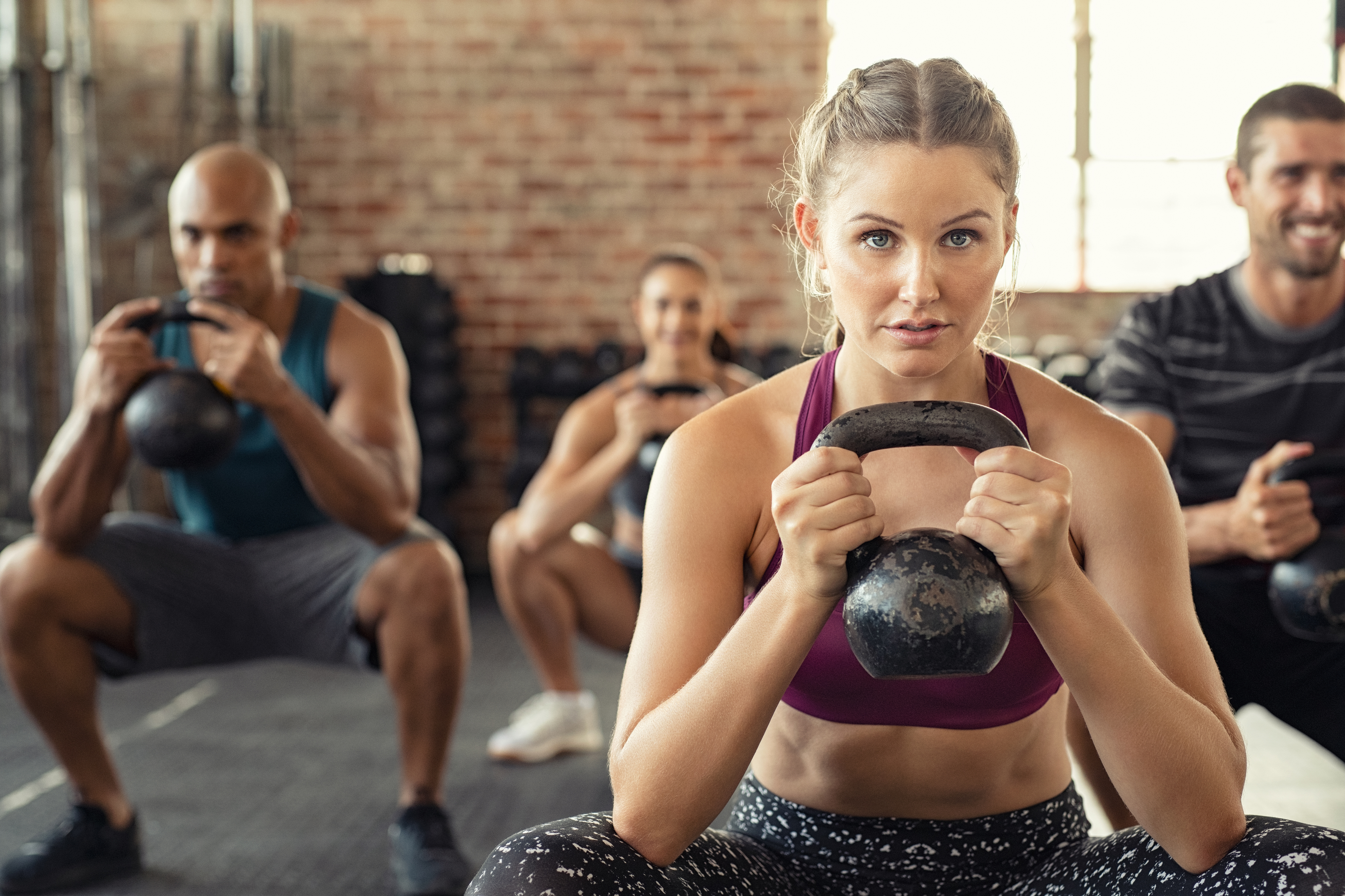
Directly after weight training the muscles you’ve used most may look and feel larger, and this is often mistaken for a change in muscle mass. In reality, it comes from a temporary and localised increase in blood flow (you’re quite literally ‘pumped’).
The world “bulking” gets thrown around a lot, but the reality often consists of shaping, toning, and strengthening.
So… What is the right balance?
Purely from a weight loss perspective, it’s not particularly important.
“I would recommend you pick a balance that suits how you enjoy training,” says Williams. “If you don’t like cardio just add little bits here and there, or use HIIT (high intensity interval training), to just get it over and done with. Either way, make sure you enjoy it or you won’t do it.”
Gym time is me time, and the more you tailor your gym routine to your tastes the more likely you are to keep going. Consistency is key, so next to enjoying your workouts the weights-cardio divide is detail.
What should you do to lose weight?
The short answer is: whatever makes you want to exercise.
When filled with fresh resolve it can be tempting to try and run (or lift) before you can walk, but the battle will be won or lost several months down the line.
“A lot of people go in trying to change their lifestyle completely all at once which can be very hard to manage,” says Miyake. “I would suggest setting up small habits you can stick to, and gradually building from there. Instead of trying to get to the gym five days a week, start off going once or twice.”
There are no quick fixes or miracle cures, so focus your efforts on creating that sustainable, day-to-day calorie deficit. “You do need to be aware of your energy input and output,” says Williams, “and most people can be guilty of not tracking their calories accurately, and forgetting things like multiple coffees with milk, or little snacks.
“If you aren’t accurate with how many calories you’re consuming then it becomes a guessing game when calculating how many you need to burn for weight loss.”

Finally, remember that your exercise is for you and you alone, and do not take your cues from social media. “What you see an influencer doing will not necessarily work for you,” says Miyake. “Health and fitness is different for everyone. Find what works for you to improve your wellbeing, performance, and sense of self.”


